Existing patient resources
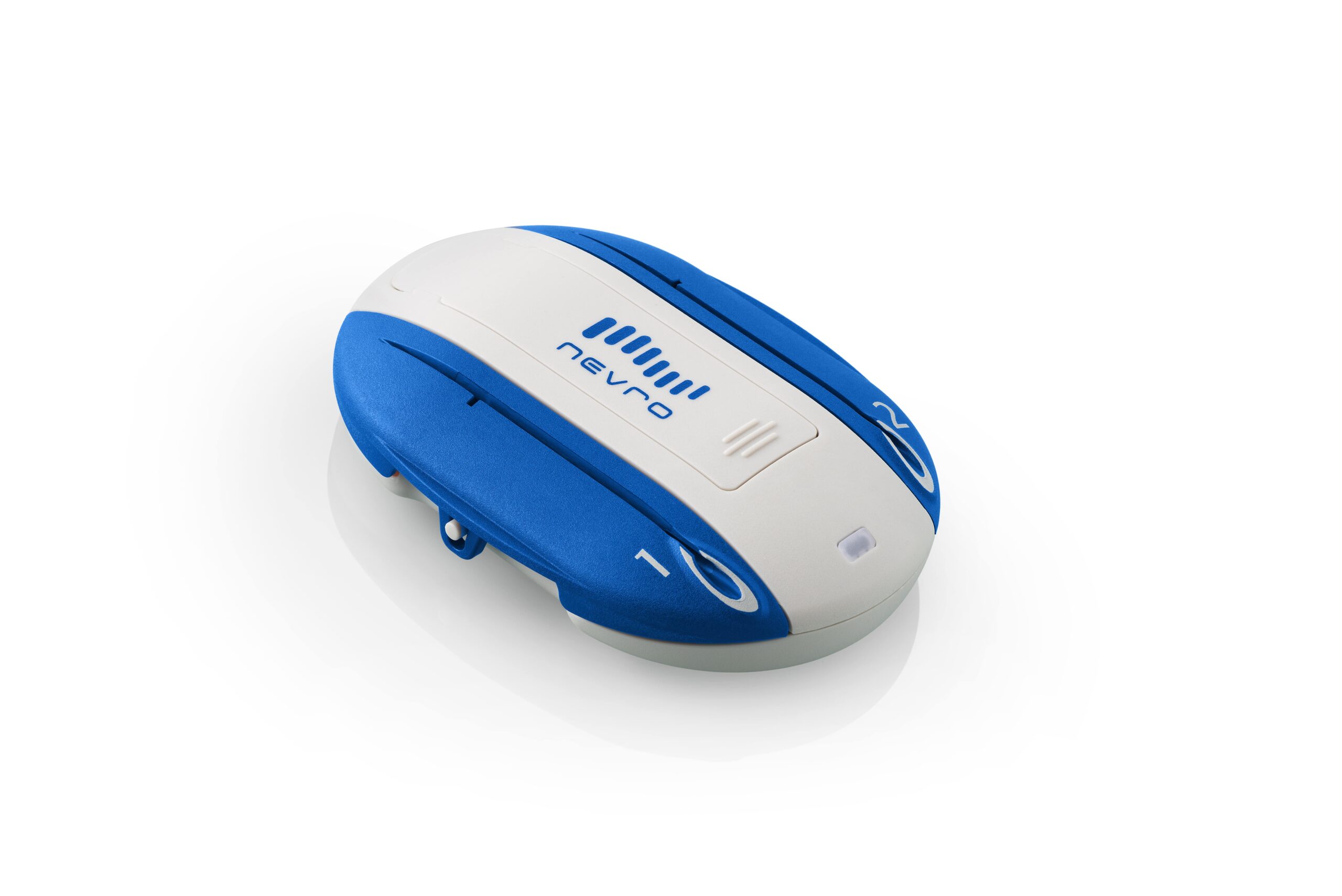
How To Use Your Trial Device (TSM3000)
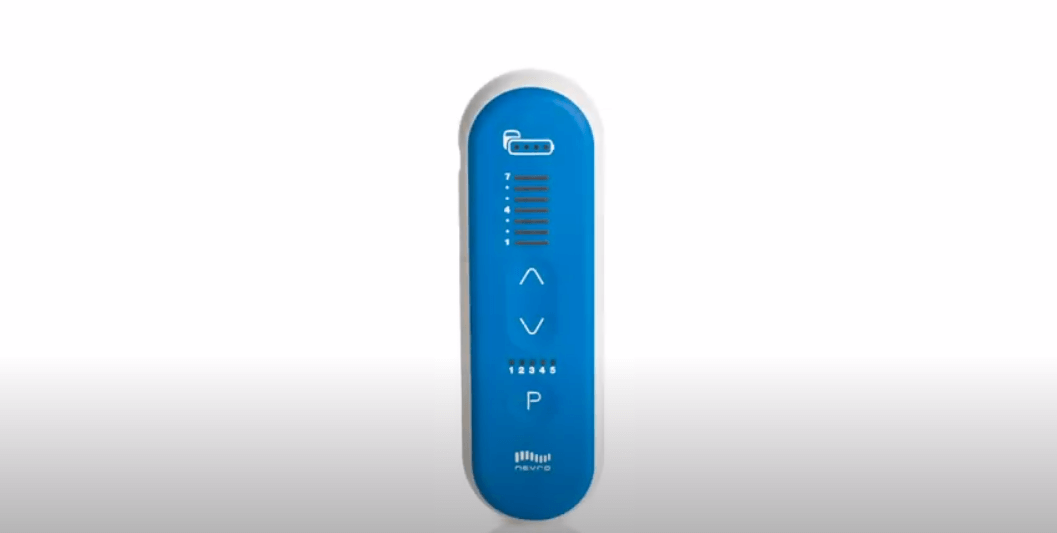
How To Use Your Remote (PTRC2300 or PTRC2500)
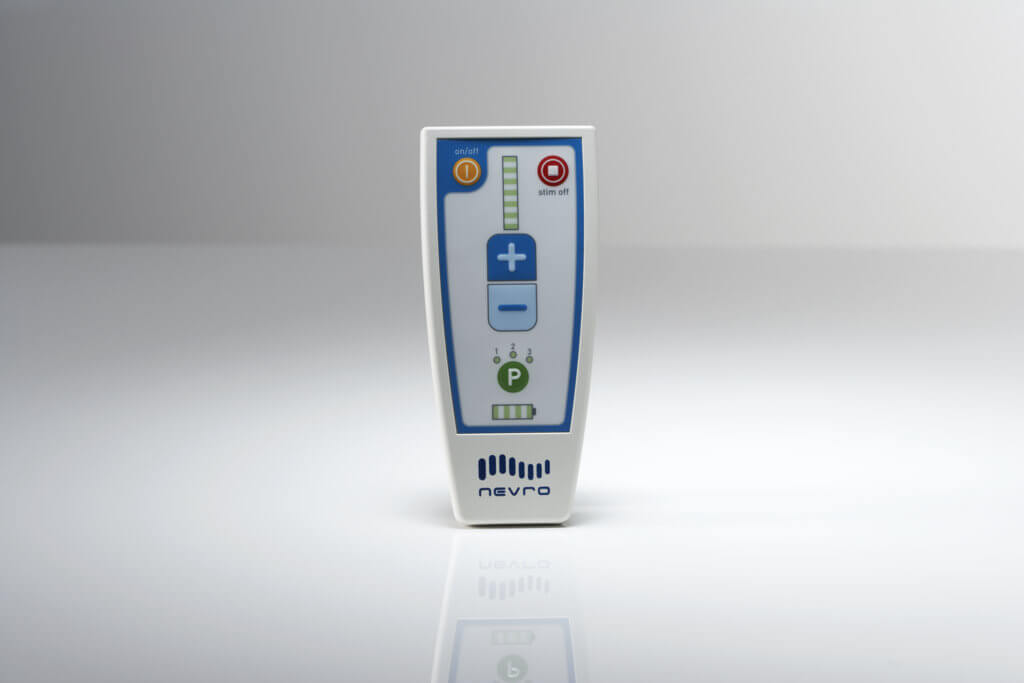
How To Use Your Remote (PTRC1000)
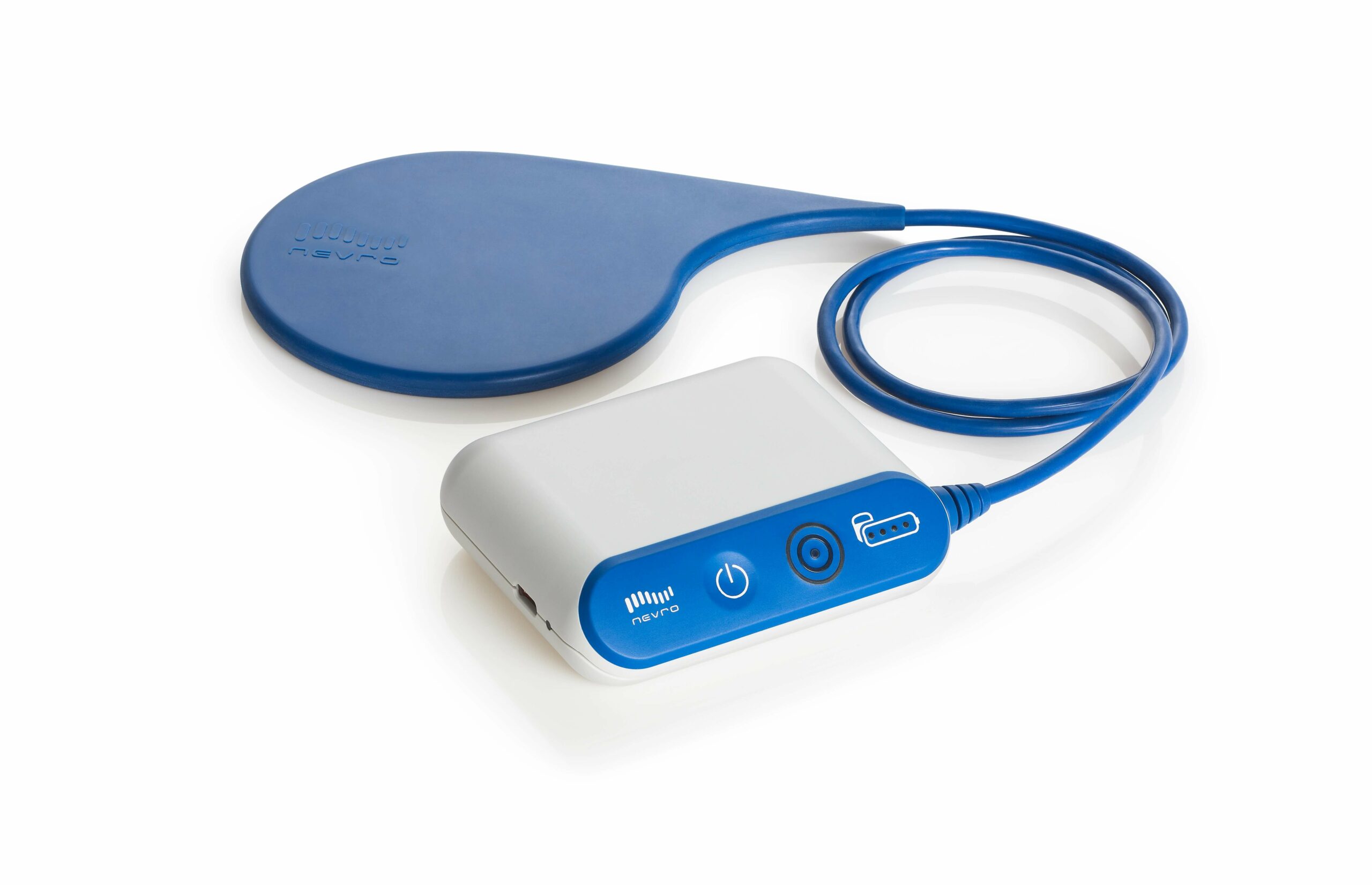
How To Use Your Charger (CHRG2500)
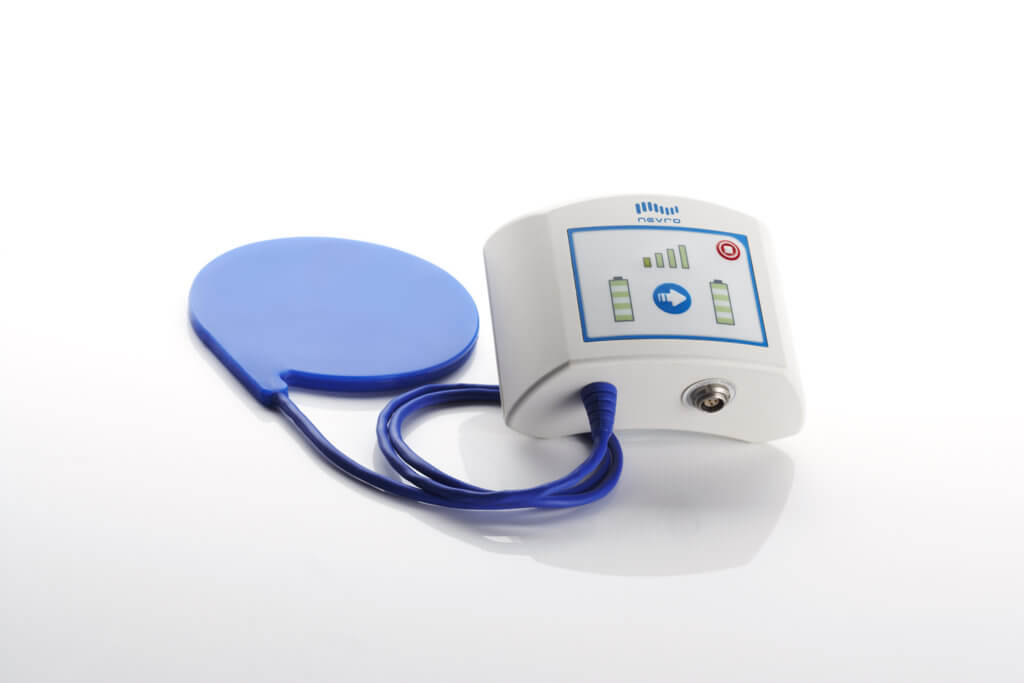
How To Use Your Charger (CHRG1000)
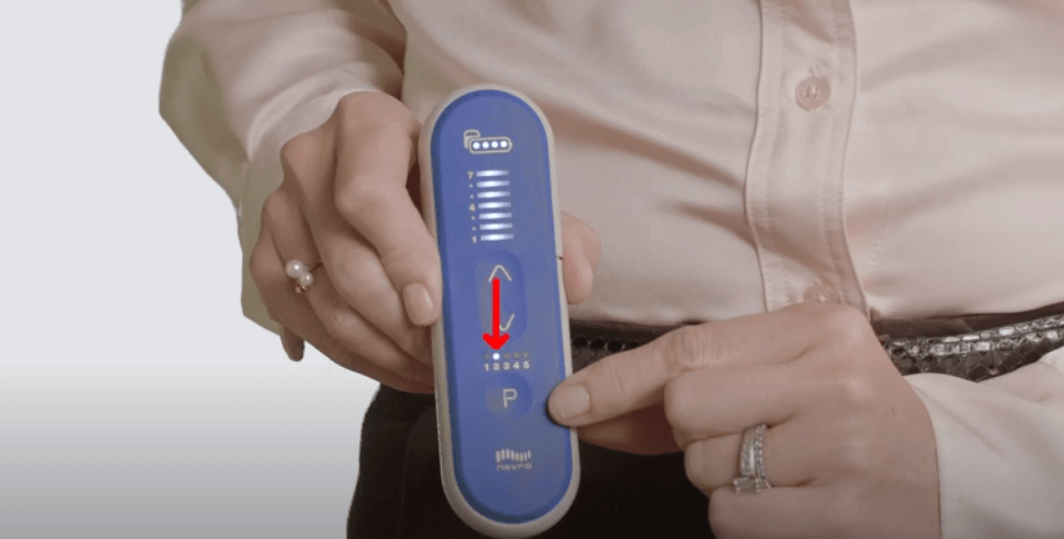
Using the Remote (PTRC2300 or PTRC2500): MRI Impedance Check
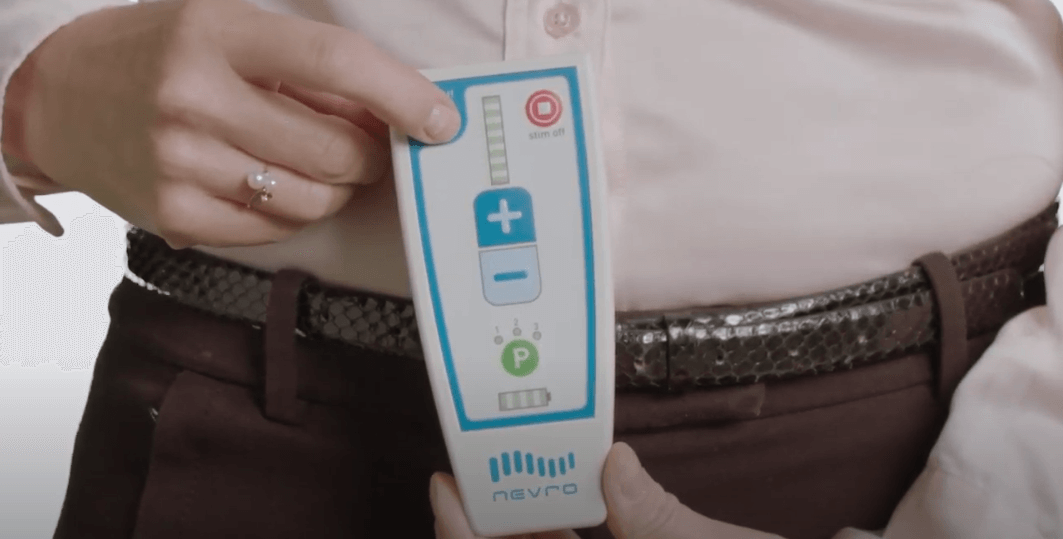
Using Your Remote (PTRC1000): MRI Impedance Check

Using Your Remote (PTRC2500): Changing Groups
How to use the accessories

How To Use Your Trial Device (TSM3000)

How To Use Your Remote (PTRC2300 or PTRC2500)

How To Use Your Remote (PTRC1000)

How To Use Your Charger (CHRG2500)

How To Use Your Charger (CHRG1000)

Using the Remote (PTRC2300 or PTRC2500): MRI Impedance Check

Using Your Remote (PTRC1000): MRI Impedance Check

Using Your Remote (PTRC2500): Changing Groups
Frequently asked questions
Unlike other spinal cord stimulators, the HFX Solution does not have driving restrictions. However, after surgery, your health care team may advise you to refrain from driving until you have recovered.
Always discuss medications with your health care team prior to making adjustments.
Once you receive your permanent implant, the status of your system can be checked with your remote control. Turn the remote control on. Check the Stimulation Level Indicator lights—you should see green lights. Refer to the Accessory Guide under Downloadable Resources for more information. Alternatively, during the trial phase, when the green light on your trial stimulator is flashing, you are receiving therapy.
You should choose a recharging schedule that best fits your individual needs—but it is recommended that you charge your system daily. Charging will usually take 45 minutes, but can vary depending on your individual settings. Most people choose to charge based on a routine that fits their lifestyle, such as when they’re watching TV. The stimulator battery level indicator light on your remote control will light up to indicate when your IPG battery is low and needs recharging.
The IPG is designed to have at least a 10-year battery life.
Your stimulator can be on 24 hours a day.
Patients can receive full-body MRIs under certain conditions. If you need more information about compatibility with MRI scans, please refer to the Patient Manual and consult with your doctor, or contact Nevro’s Technical Services department at technical.services@nevro.com or (02) 8091 2878.
If your doctor is okay with you flying, remember to keep your charger and remote control in your carry-on luggage in case you need them.
Airports differ in their screening processes. When you go through security, let them know you have an implanted device, and they will direct you to the appropriate place. You will have an ID card to show that you have an implant, and you may be escorted around the security machine. Occasionally, they may insist that you go through the security machine. If this happens, turn your stimulation off using your remote control and go through the security machine. Once on the other side, use your remote control to turn your device on for the flight.